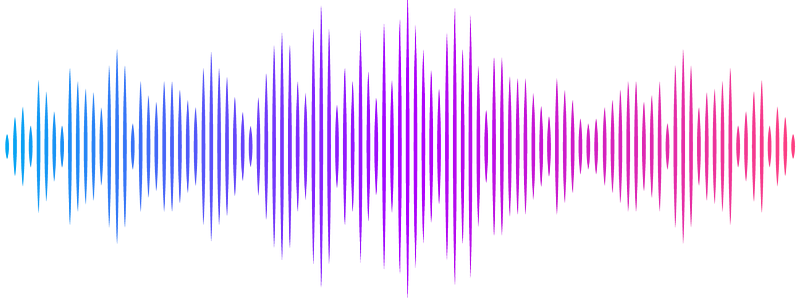Glutathione Oxidation in Cerebrospinal Fluid as a Biomarker of Oxidative Stress in Amyotrophic Lateral Sclerosis

Glutathione Oxidation in Cerebrospinal Fluid as a Biomarker of Oxidative Stress in Amyotrophic Lateral Sclerosis
Pham, T. K.; Verber, N.; Turner, M. R.; Malaspina, A.; Collins, M. O.; Mead, R. J.; Shaw, P. J.
AbstractBackground: Oxidative stress is a key feature of several neurodegenerative diseases, including Amyotrophic Lateral Sclerosis (ALS). Identification of reliable biomarkers of oxidative stress would be beneficial for drug-target engagement studies. Methods: We performed unbiased quantitative mass spectrometry (MS)-based analysis to measure changes in protein abundance and oxidation in cerebrospinal fluid (CSF) from a cohort of ALS patients and healthy controls at two time points (approximately four months apart) to capture disease progression. In addition, we developed a sensitive and targeted quantitative MS method to measure glutathione oxidation state in the same sets of CSF samples. Results: Proteomic analysis of CSF revealed statistically significant changes in the abundance of several proteins, including CHIT1, CHI3L1, CHI3L2 and COL18A1 in ALS patients compared to healthy controls at both time points. Several sites of protein oxidation were significantly altered in ALS compared to healthy controls, and total levels of reversible protein oxidation were elevated in ALS patients. Given that glutathione oxidation could be a useful biomarker of oxidative stress, we also measured glutathione and its oxidation state in CSF in the same cohorts of samples. Total GSH (tGSH), GSSG levels and the GSSG/GSH ratio were significantly higher in the ALS than in the healthy control group for both time points. For the first visit, fold changes of tGSH, GSSG, and GSSG/GSH ratio in ALS compared to HC were 1.33 (p = 0.0215), 1.54 (p = 0.0041) and 1.80 (p = 0.0454), respectively. For the second visit, these values were 1.50 (p = 0.0143), 2.00 (p = 0.0018) and 2.14 (p = 0.0120), respectively. Furthermore, we found positive correlations between disease duration until the first visit and total glutathione (tGSH), GSSG and GSSG/GSH ratio. Finally, there was a strong positive correlation between the total intensity of reversibly oxidised proteins and the ratio of GSSG/GSH in ALS patients at both visits. Conclusion: We propose that measuring levels of glutathione oxidation in CSF could act as a stratification biomarker to select ALS patients for antioxidant therapy and an approach to monitor the treatment response to therapeutic agents targeting oxidative stress.


